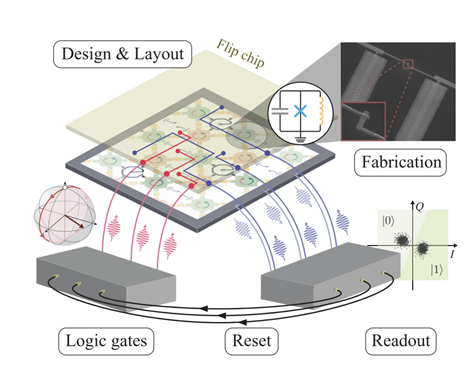Public Benefits
Over the past half-century, ASCR-supported researchers from universities, national laboratories, and industry have made significant enduring advances in applied mathematics, computer science, networking research, and in the development and deployment of High Performance Computing facilities and advanced networks. Together, these have been essential enablers of modern computational science and engineering tools and techniques that are used throughout U.S. industry and the government. Below are a just a few specific examples of the breakthroughs and public benefits of ASCR research and facilities.
Recent Articles:
- 10 Questions for Climate Scientist: Kate Evans
- Fastbit - A Software Tool for Searching Large Read-only Datasets
- ASCR Supercomputer Used to Develop More Energy-Efficient Long-Haul Trucks
- 10 Questions for Biophysicist: Jeremy Smith
Free Workshop - ASCR held a free workshop for commercial software developers and industry to make available DOE software developed under the SciDAC program. These tools, libraries and applications can ease the transition to multicore and many are available for no-cost licensing to the private sector. A number of the developers will be presenting, and there will be time for personal interaction with them. DOE also seeks input on software topics for collaboration and potential Small Business Innovation & Research (SBIR) grants. More Information »
Breakthroughs - A panel of computational scientists, applied mathematicians, and computer scientists gathered in February 2008 to identify recent breakthroughs in computational science and enabling technologies, supported by the Office of Advanced Scientific Computing Research. This report is the result of that effort: Link to the report »
Case Studies - The U.S. Council on Competitiveness (www.compete.org ) generated a series of case studies to showcase the competitive benefits that can be achieved from modeling and simulation with HPC (http://www.compete.org/publications/idea/28/high-performance-computing/). In each instance, these organizations advanced their R&D, accelerated innovation, created important new knowledge and shortened time-to-market for new products - all essential to business success in the face of global competition. Each organization also indicated significant cost savings and revenue enhancement. The case studies listed here also discuss problems organizations faced and the solutions developed through partnerships with ASCR-funded facilities.



